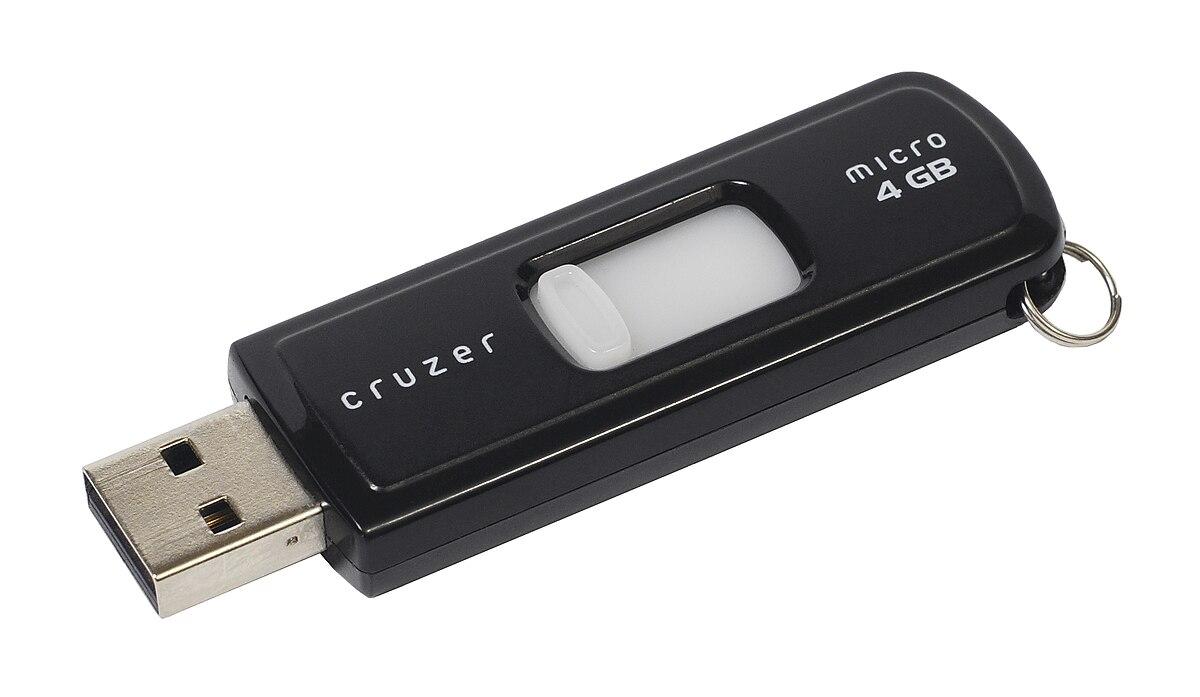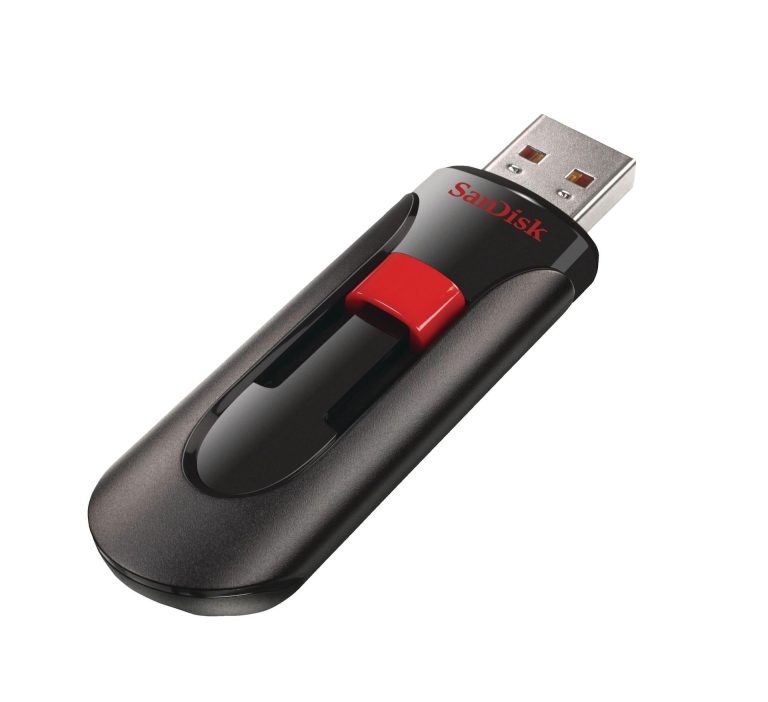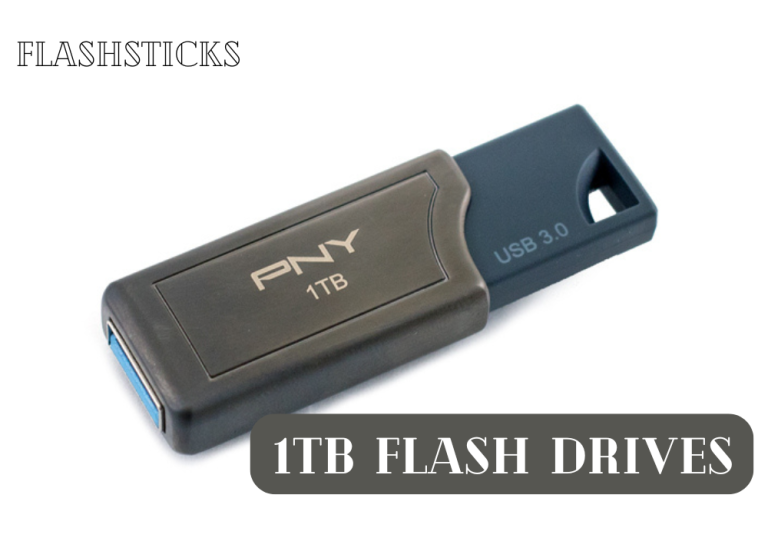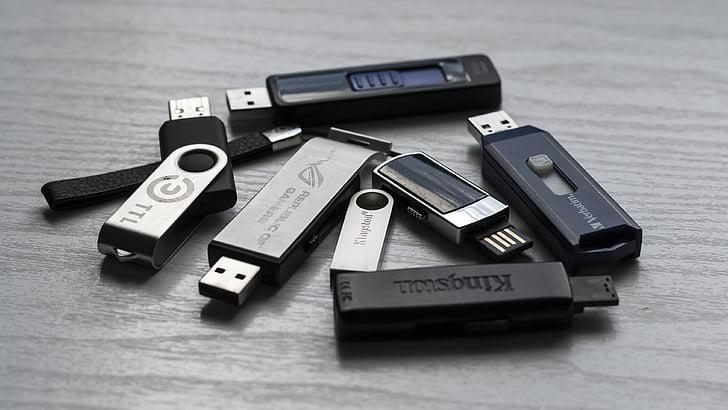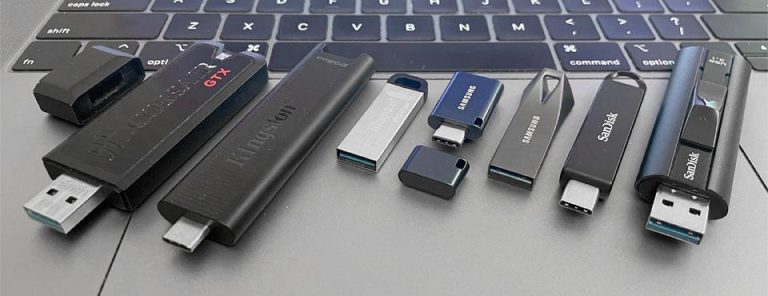How long do flash drives last?
“`html
How Long Do Flash Drives Last?
Flash drives, also known as USB drives, have become an essential tool for storing and transferring data. They are compact, portable, and can hold a significant amount of data. But how long do flash drives last? In this comprehensive guide, we’ll explore the lifespan of flash drives, factors affecting their durability, how to extend their life, and much more.
Understanding Flash Drive Lifespan
Flash drives are built with flash memory, which has a limited number of write/erase cycles. The lifespan of a flash drive is generally measured by these cycles. Here’s a closer look at the factors affecting the lifespan:
Key Factors Affecting Flash Drive Lifespan
- Write/Erase Cycles: Each flash drive can handle a certain number of write/erase cycles before the memory cells start to wear out. Transcend and Kingston, for instance, state that their drives can handle around 10,000 to 100,000 cycles.
- Quality of Flash Memory: Higher-quality flash memory can endure more write/erase cycles and hence lasts longer.
- Usage Patterns: Frequent and intensive use can reduce the lifespan. Infrequent use and proper ejection can help extend it.
- Environmental Factors: Exposure to extreme temperatures, moisture, and physical damage can significantly shorten a flash drive’s life.
Real-World Lifespan
In practice, a good-quality flash drive may last from 5 to 10 years, given average usage conditions. Heavy usage or poor-quality drives may have a shorter lifespan, while those used sparingly can last even longer.
How to Prolong Flash Drive Lifespan
To get the most out of your flash drive, consider these practical tips:
- Avoid Removing Abruptly: Always use the eject option on your computer to avoid data corruption or damage.
- Store Properly: Keep your flash drive in a protective case to prevent physical damage, and avoid exposing it to extreme temperatures.
- Regular Backups: Regularly back up the important data stored on your flash drive to avoid losing data due to unexpected failures.
- Use Read-Only Mode: Some flash drives have a read-only switch that can prevent accidental writing and erasing.
Benefits of Using Flash Drives
Flash drives offer several benefits that make them popular for personal and professional use:
- Portability: Flash drives are small and easy to carry, making them convenient for on-the-go data storage.Ease of Use: They are plug-and-play devices, compatible with most computers and devices with USB ports.
- Capacity: They come in various storage capacities, ranging from a few gigabytes to several terabytes.
- Durability: Flash drives are relatively robust and can withstand physical shocks much better than traditional hard disks.
Frequently Asked Questions
1. How can I know if my flash drive is failing?
Signs of a failing flash drive include frequent errors during file transfers, inability to access files, slow performance, and physical damage or excessive heat when plugged in.
2. What’s the best way to store data for long-term preservation?
For long-term data preservation, consider using multiple storage solutions such as external hard drives, cloud storage, and high-quality flash drives, and regularly back up important data.
3. Do different brands of flash drives have different lifespans?
Yes, the quality of the flash memory and construction can vary between brands, affecting the lifespan. Reputable brands often offer more reliable and durable flash drives.
Comparison of Flash Drive Lifespan by Brand
The table below provides a general comparison of estimated lifespans for several popular flash drive brands:
| Brand | Estimated Lifespan | Write/Erase Cycles |
|---|---|---|
| SanDisk | 8–10 years | 100,000 cycles |
| Kingston | 5–8 years | 50,000–100,000 cycles |
| Transcend | 5–10 years | 10,000–100,000 cycles |
| PNY | 5–7 years | 10,000–50,000 cycles |
Conclusion
Flash drives are invaluable tools for data storage and transfer, but like all technology, they have a finite lifespan. By understanding the factors that affect their durability and adopting practices to extend their life, you can make the most out of your flash drive. Remember to store and handle your flash drives properly to ensure their longevity, and always keep backups of critical data.
We hope this comprehensive guide has answered all your questions about the lifespan of flash drives. Whether you’re a tech enthusiast or a casual user, having this knowledge ensures you can make informed decisions about your data storage needs.
“`

